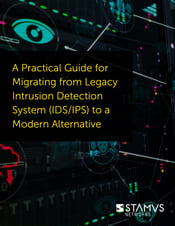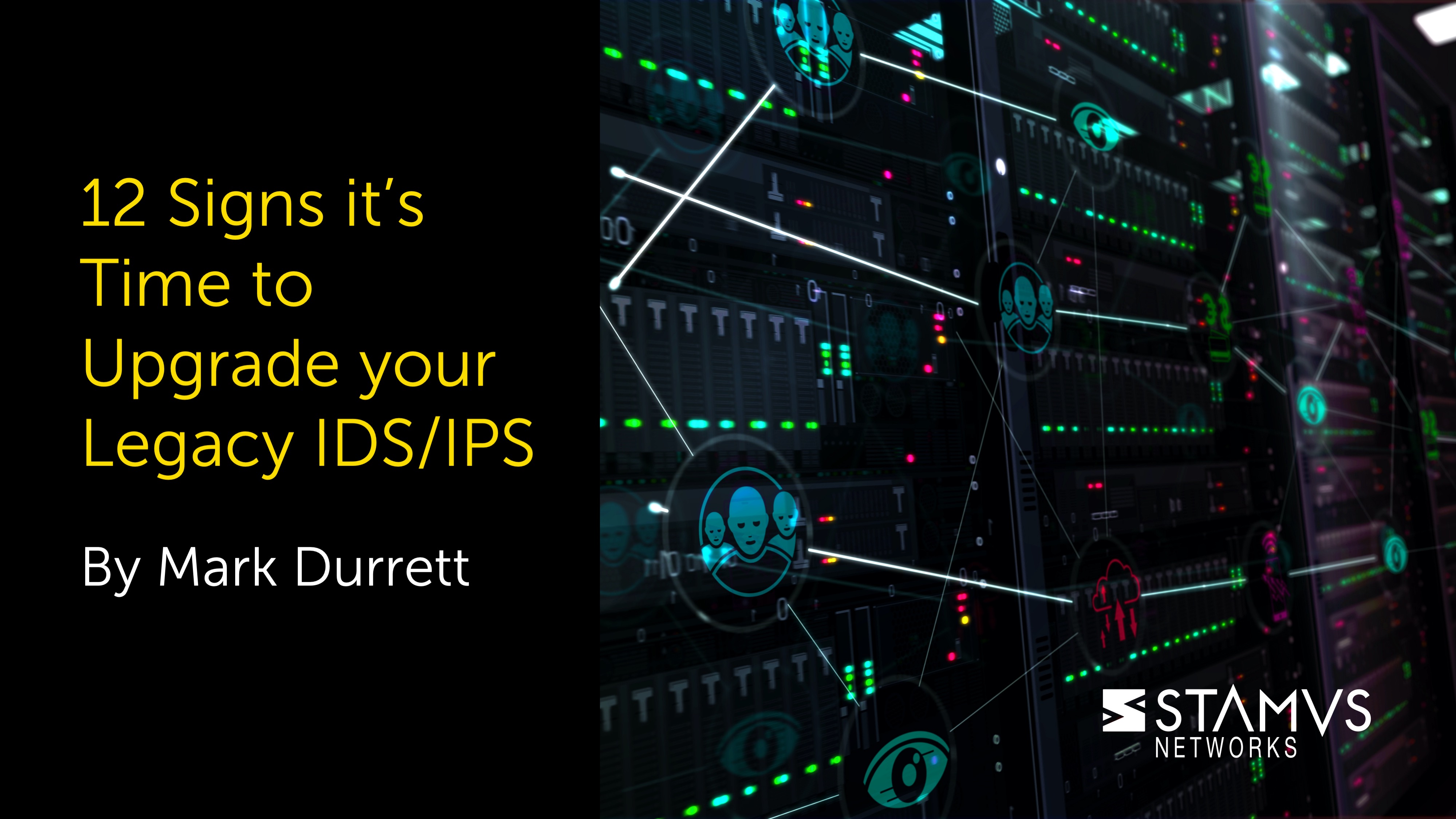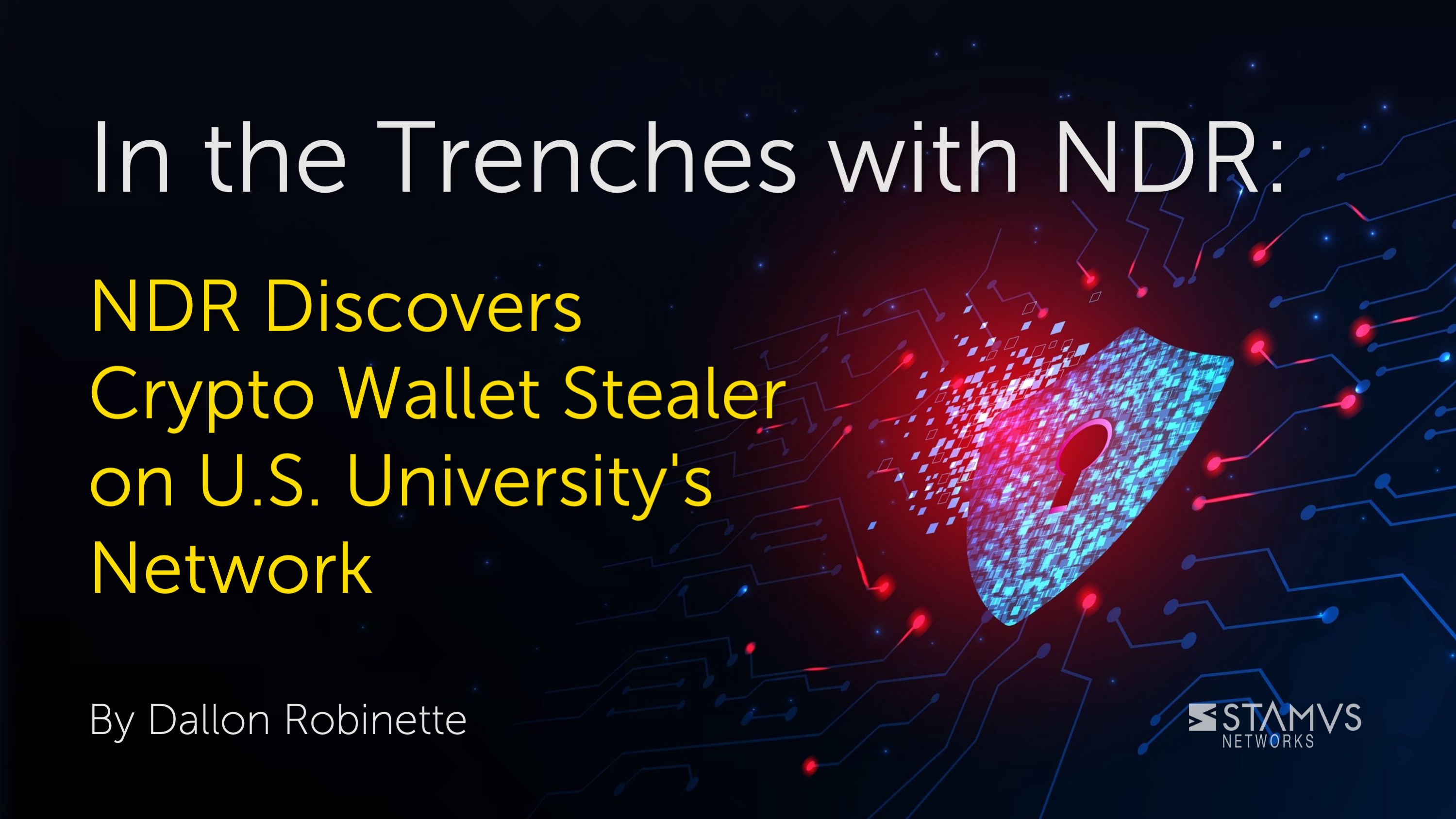So, you are considering migrating your legacy or aging intrusion detection and prevention system (IDS/IPS or IDPS) to a modern alternative. You may first wish to examine the reasons. This can help you when you are fleshing out the migration strategy or timing and developing requirements for your new system.
We captured the insights gathered from our experience helping organizations migrate from their legacy IDS/IPS to a modern alternative in a practical guide designed to help you sort through the process. Check out “A Practical Guide for Migrating from your Legacy Intrusion Detection System (IDS/IPS) to a Modern Alternative”
Let’s examine the motivations. So, why might you consider migrating from your legacy IDS/IPS to a modern alternative?
In our work helping many organizations do exactly this, we at Stamus Networks have found the motivators typically fall into one of the following twelve reasons.
- License renewal - the license for your legacy IDS/IPS is up for renewal or your support contract has expired
- End of life - your current generation IDS/IPS has reached the end of its life and is no longer functioning
- Forced upgrade - your current vendor is forcing you to rip-and-replace due to SNORT 3 migration
- Tech stack update - your organization is reviewing your IT security stack as a result of a merger, acquisition or business unit consolidation
- Negative ROI - The cost of maintaining your legacy IDS/IPS has exceeded its value to the organization
- Alert fatigue - your staff is no longer paying attention to the results/alerts from your current IDS, and you wish to reduce the risk exposure facing your organization
- Consolidate functions - you wish to reduce complexity and combine functions of IDS and NSM into a single platform
- Shift to the cloud - your infrastructure has evolved into complex hybrid cloud environments such that the legacy IDS/IPS no longer provides the needed network visibility, leaving you with blindspots
- Performance limitations - the demand for high-throughput networks is growing beyond the ability of your legacy IDS to process all the data, and you can’t run all the IDS rules you are paying for
- Breach reaction - you’ve recently been breached and - following a review - you realize you need to improve your network security controls and monitoring
- Accelerated response - you came to the realization that with the right choice you can improve your mean time to respond (MTTR) with a more automated response
- Realization that an upgrade is practical - you have concluded that modern network security (IDS/IPS upgrade) technologies deliver better results for lower total cost of ownership and can be a drop in upgrade
We suspect you are reading this article because your organization is facing one or more of these situations. Whatever the reason that is motivating you to change, we can help.
As you consider alternatives, keep in mind that the solution you migrate TO from your legacy IDS should satisfy three minimum criteria:
- Significantly improve the scope and accuracy of your threat detection
- Cost you significantly less to own and operate over its lifetime
- Easily integrate into your organization’s current architecture
The good news is that all three of these are achievable with today’s modern IDS/IPS alternatives.
Additional resources
 At Stamus Networks, we have captured the insights gathered from our experience helping organizations migrate from their legacy IDS/IPS to a modern alternative in a practical guide designed to help you sort through the process.
At Stamus Networks, we have captured the insights gathered from our experience helping organizations migrate from their legacy IDS/IPS to a modern alternative in a practical guide designed to help you sort through the process.
Check out this “A Practical Guide for Migrating from your Legacy Intrusion Detection System (IDS/IPS) to a Modern Alternative”








